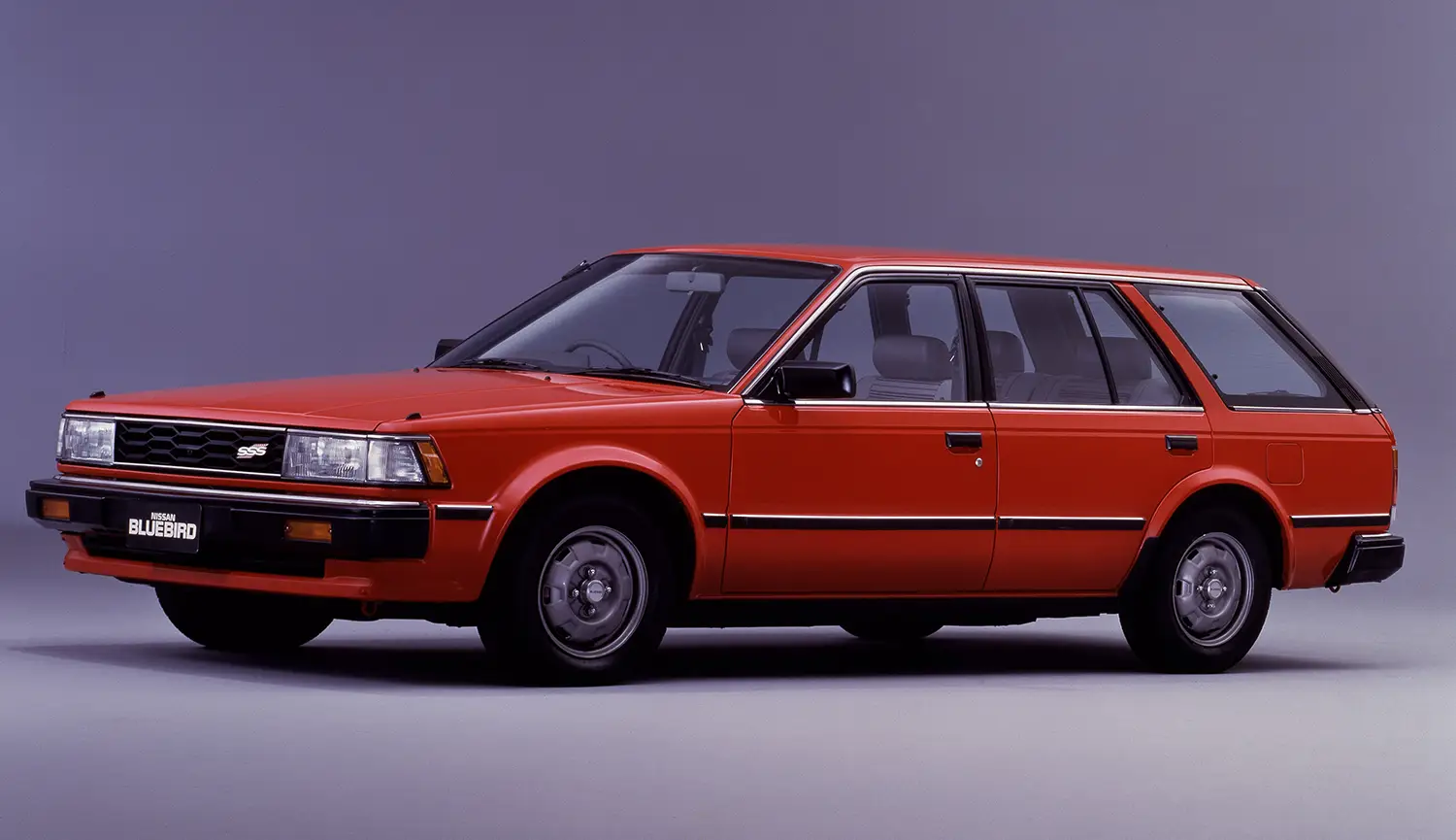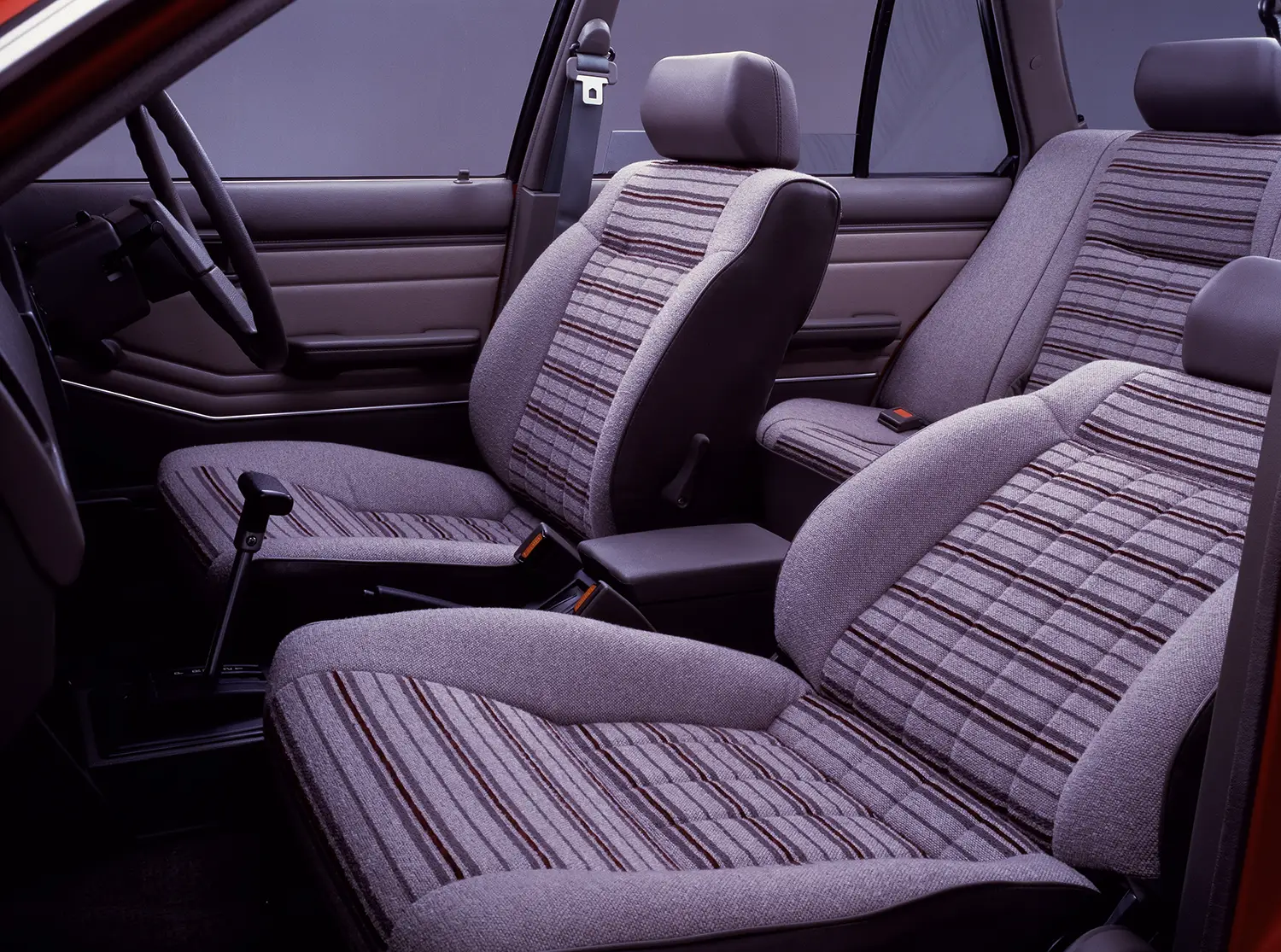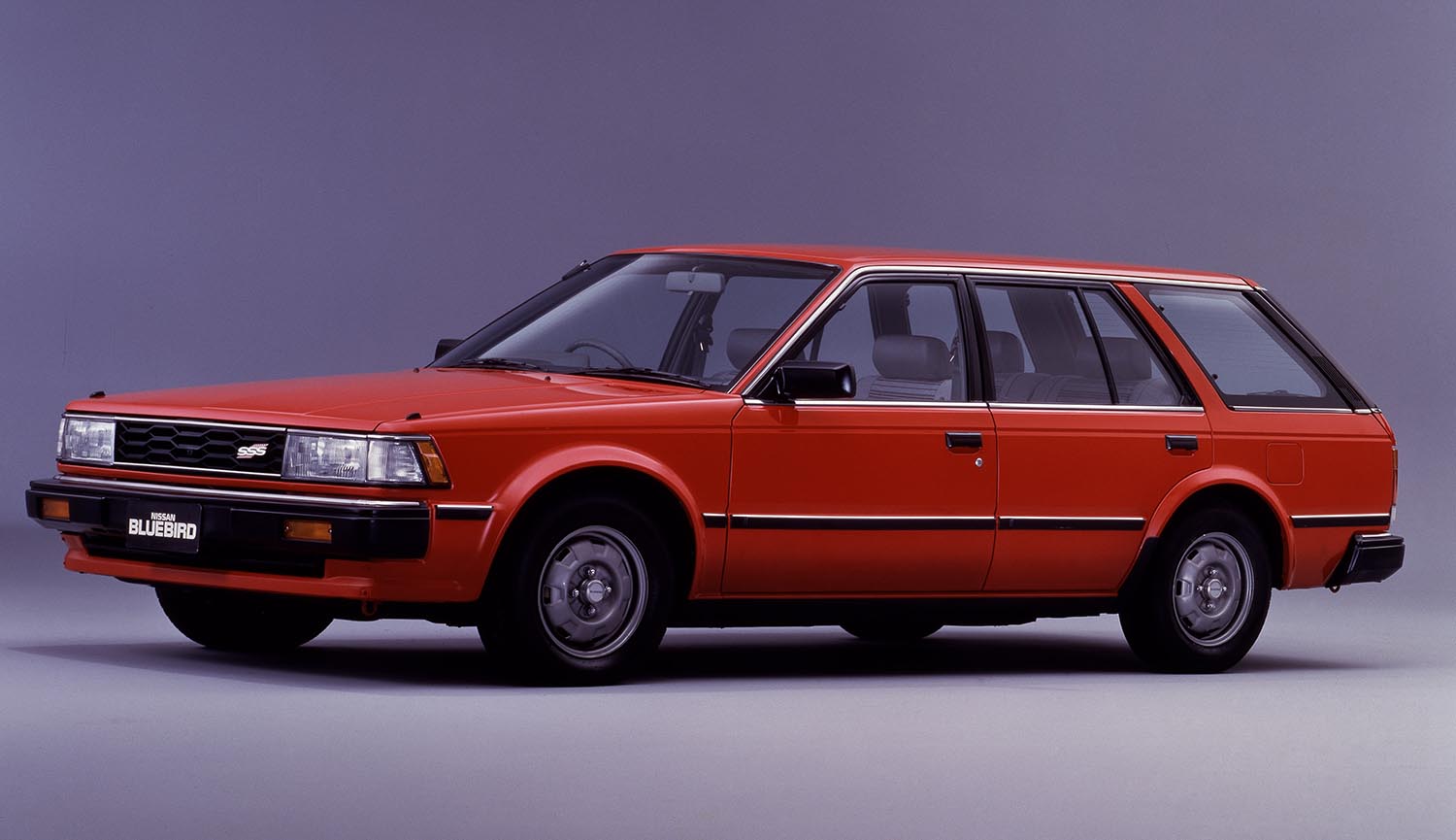
The 1983 Nissan Bluebird AD Wagon 1800 Turbo SSS holds a significant place in the model’s lineage. It arrived at a pivotal moment in the Bluebird’s long production run. For decades, the Bluebird was a reliable, rear-wheel-drive staple in global markets. The U11 generation, launched in 1983, represented a critical shift to a modern front-wheel-drive layout. This change was necessary to keep pace with contemporary automotive engineering trends. Furthermore, the AD Wagon body style added essential practicality to this technological evolution. The SSS Turbo designation then injected a healthy dose of unexpected performance.
The U11 Generation and Front-Wheel Drive
A Crucial Engineering Transition
The U11 Bluebird was the first in the line to adopt a front-engine, front-wheel-drive (FF) configuration. This move followed industry trends favoring packaging efficiency and handling characteristics. The U11 replaced the popular 910 series, which was the last of the rear-wheel-drive Bluebirds. Nissan engineers focused on maximizing interior space and stability with this new layout. This design decision instantly differentiated it from its rear-wheel-drive predecessors. Consequently, it set the course for all future Bluebird models for nearly two decades. The change signaled a commitment to modern efficiency.
Switching to front-wheel-drive allowed Nissan to create a more spacious cabin. The elimination of the central drive shaft tunnel improved rear legroom noticeably. This was particularly beneficial for the AD Wagon body style. This design choice solidified the car’s position as a capable family hauler. It maintained the Bluebird’s reputation for dependability throughout this major overhaul. The U11 generation, therefore, represents a major turning point for the model.

The AD Wagon and SSS Performance Trim
Blending Utility with Sporting Intent
The AD Wagon body style itself provided necessary utility for family transport and cargo needs. Wagons were, and remain, highly appreciated in the Japanese domestic market. The SSS trim, which stands for Super Sports Sedan, had been a Bluebird tradition for decades. The 1800 Turbo SSS trim took this sporting tradition and applied it to the practical wagon. It created a highly unusual combination of performance and high utility. This unusual blend is part of what makes this specific model so interesting today. It showcased Nissan’s technical ability to apply performance to any model. This elevated the humble wagon above its typical commuter status.
This trim offered enthusiasts a discreet way to own a relatively potent vehicle. The performance was wrapped in a sensible, family-friendly package. Other regions received versions of the U11, often badge-engineered as the Stanza or Maxima. However, this potent Turbo SSS Wagon was largely a domestic market specialty. The SSS designation included specific styling cues. These often involved sharper body kits and distinct alloy wheels. The result was a decidedly sporting aesthetic.

Engine Specifications and Performance Highlights
The 1983 Nissan Bluebird AD Wagon 1800 Turbo SSS was equipped with an impressive engine for its time. It featured the CA18ET engine, which was a turbocharged version of Nissan’s new CA-series four-cylinder. This SOHC engine displaced 1.8 liters and utilized fuel injection. This combination was technologically advanced for a family-oriented car in the early 1980s. The engine was rated to produce approximately 135 horsepower. This output was significant for a compact wagon of that era. Consequently, it provided a genuinely spirited driving experience.
The engine produced a useful 196 Newton-meters of torque at 3,600 rpm. This performance was delivered relatively low in the rev range due to the turbocharger. The quick torque made the wagon surprisingly responsive in city traffic. Furthermore, the car often came paired with a five-speed manual transmission. This gearbox allowed the driver to fully exploit the engine’s turbocharged capabilities. The performance was a key selling point for enthusiasts. The combination of its CA18ET engine, turbocharging, and light weight was genuinely effective. It offered a rare opportunity for a performance wagon. The SSS model often included four-wheel disc brakes for confident stopping power. This system matched the upgraded power output capably.
Summary: The Turbocharged Pioneer
The 1983 Nissan Bluebird AD Wagon 1800 Turbo SSS is a landmark vehicle for Nissan. It perfectly illustrates the brand’s rapid transition into modern front-wheel-drive architectures. By applying the coveted Turbo SSS performance trim to the practical AD Wagon body, Nissan created a memorable machine. Its 1.8-liter CA18ET turbocharged engine provided impressive power for the era. The performance and utility combination was unique in its segment. It is a genuine icon of 1980s Japanese automotive engineering and remains a fascinating classic today.
Disclaimer: Content on this site is for informational and entertainment purposes only. Details, analyses, and opinions reflect current trends and personal views, not professional or financial advice. Always verify information with official sources before making any decisions.
Source: Nissan

